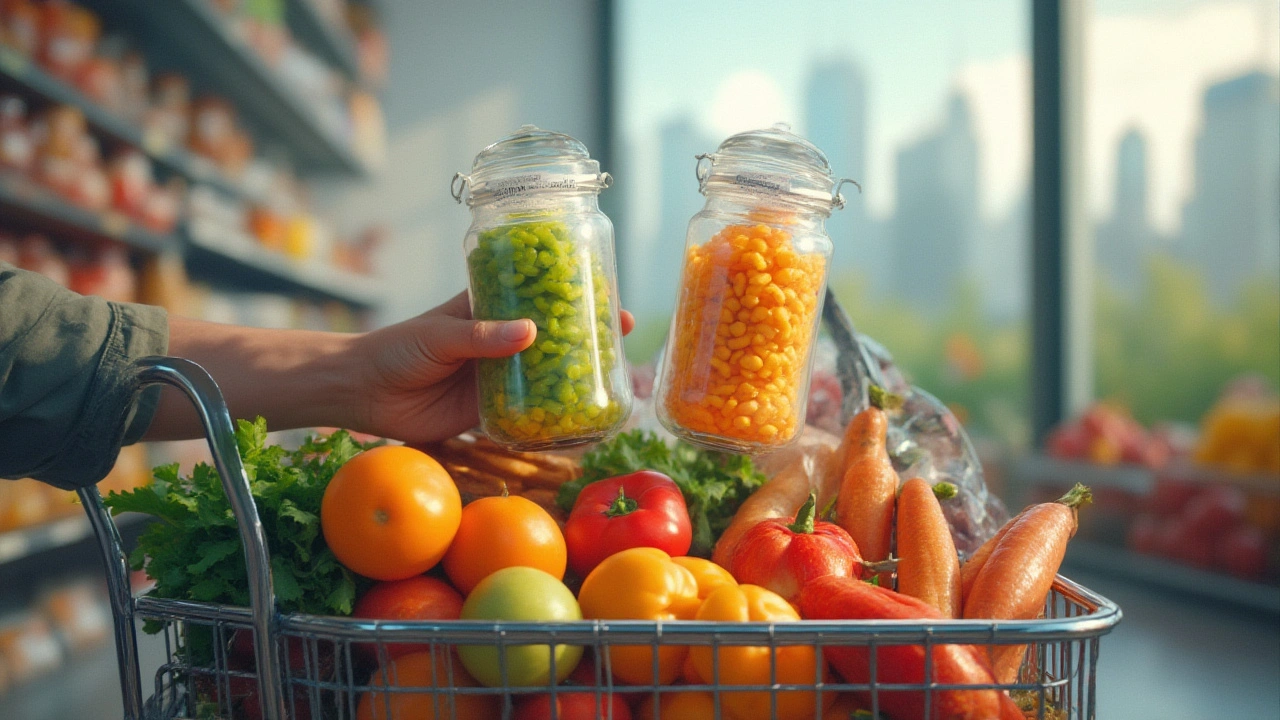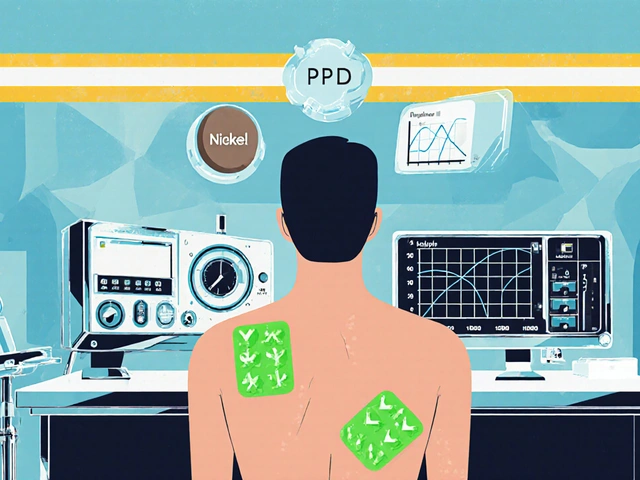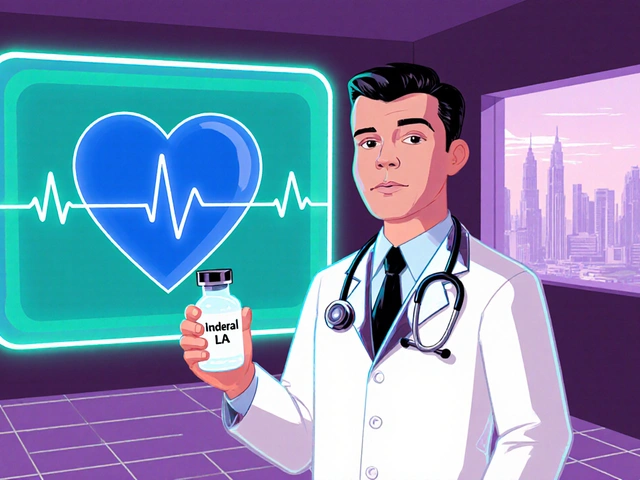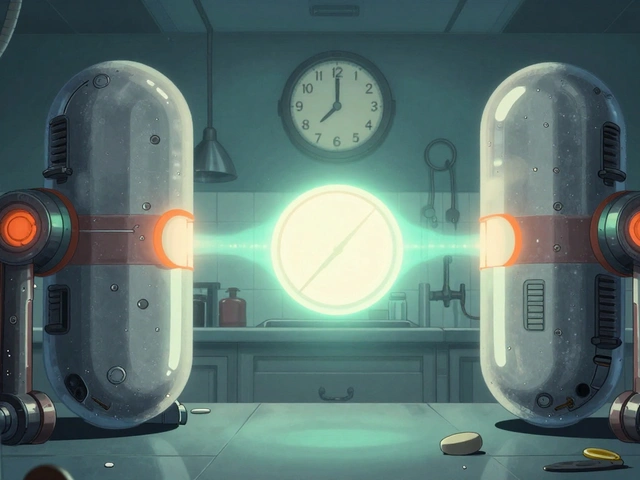
If the word “sodium” instantly makes you think of puffy ankles or bloated bellies, you’re not alone. There’s no shortage of drama and confusion swirling around the topic. Doctors nag about salt, celebrities warn against sodium bloat, and then someone slides you a tiny Himalayan pink salt shaker at brunch as if it’s gold dust. How much of what you’ve heard is real? What actually happens in your body after that salty meal? Spoiler: most people have it only half right.
The Science Behind Sodium and Water Retention
Let’s start with what sodium really does. Sodium isn’t the bad guy; your nerves and muscles need it to fire. Without it, your blood wouldn’t even flow right. The trouble starts when you overdo it—and, yes, most people do. The Mayo Clinic reports that the average American clocks about 3,400 mg sodium a day, well above the recommended 2,300 mg set by the CDC. When you eat more sodium, your body holds onto extra water, trying to keep the concentration in your blood balanced. That’s why you feel puffy after a salty pizza binge.
But things get a little more interesting. Water retention isn’t just about bloating. Your kidneys kick in to flush out extra salt, but they can only work so fast. The more sodium you take in, the harder they have to work. Studies published by the National Institutes of Health show that even a temporary uptick in sodium can spike your blood pressure, especially if you’re salt-sensitive. In healthy folks, your body usually figures it out in a day or two, but not always—especially as you age, or if you’re on certain meds.
What about athletes or people who sweat a lot? Here’s where nuance matters. You actually lose sodium through sweat, so during heavy workouts or on super hot days, some sodium helps prevent muscle cramps and keeps your body balanced. That’s why sports drinks tout electrolytes. But don’t make this an excuse for daily chips and fries; most people replenish more than enough sodium through their meals, no Gatorade required.
Common Myths About Sodium Intake and Fluid Retention
Ever hear that “all salt is evil”? That’s myth number one. The kind of salt—table salt, pink, sea, fancy black Hawaiian—doesn’t much matter for your body’s fluid retention. It’s the sodium content that counts. Myth number two: “If you cut out all salt, you’ll always lose water weight.” Not true. Extreme low-sodium diets can mess with your blood pressure, make you dizzy, mess up nerve function, and (ironically) confuse your kidneys, which sometimes try to hoard sodium if you suddenly go too low.
Another popular myth is that everyone should be terrified of sodium bloat. Nope. Not everyone is equally salt-sensitive. About one in four people has a gene that makes them especially prone to blood pressure spikes with higher sodium intake. If you’re young, healthy, and have no risk factors, some extra sodium here and there might not budge the scale or your ankles at all. But if you have hypertension, are over 50, or certain chronic diseases, sodium matters much more.
An overlooked fact: processed foods cause more trouble than the salt shaker. About 70% of sodium in the modern diet comes from packaged stuff—bread, cheese, snack foods, canned soups, deli meats. Cook for yourself and the numbers drop off a cliff. Just to check, glance at these sodium concentrations from common foods:
| Food | Average Sodium (mg per serving) |
|---|---|
| Canned Soup (1 cup) | 850 |
| Fast-Food Burger | 900 |
| Deli Turkey (2 oz) | 520 |
| Bread (1 slice) | 150 |
| Homemade Roast Chicken (3 oz) | 65 |
Draining your Mr. Noodles, skipping that mid-afternoon pack of chips, or cooking a chicken breast at home all make a bigger difference than fussing over the tiniest pinch of sea salt on your avocado toast.

Actionable Advice: How Much Sodium Is Actually Safe?
Let’s talk real numbers. The CDC says adults should aim for under 2,300 mg sodium per day—about a teaspoon of table salt. Meanwhile, the average in many Western countries nearly doubles that. But where do you even start?
- Check food labels—they hide sodium everywhere. Soup, sauces, even “healthy” veggie burgers may pack hundreds of milligrams per serving.
- Choose fresh foods when you can. Fruits, veggies, unprocessed meats, whole grains—they’re naturally low in sodium.
- If you love eating out, skip restaurant sauces and dips, which can double the sodium in your meal.
- Experiment with spices. Lemon, vinegar, herbs, and pepper add flavor without sending your sodium sky-high.
- If you have high blood pressure, kidney disease, or are over 50, go lower—aim closer to 1,500 mg a day if your doctor says so.
Don’t stress over small splurges. Choose where sodium matters. If you love pickles or olives, build the rest of your meals around less salty stuff. And don’t be afraid of sodium altogether—it’s about balance, not all-or-nothing rules.
If you want a deep-dive into how sodium impacts water retention—why your rings stop fitting or why you wake up with a pillow imprint on your face after ramen—check out this full breakdown on sodium water retention for more details. It's down-to-earth and busts through some of the most lingering myths with easy science.
Unexpected Factors That Influence Sodium Sensitivity
Some people eat pizza and wake up with swollen eyelids, while their friends look ready for a runway. What gives? Genetics play a part—research from Johns Hopkins showed a quarter of us are “salt-sensitive.” You’re more likely to be in this group if you’re African American, older, or have chronic kidney disease or high blood pressure. Hormonal shifts also impact sodium’s effect. Women often notice extra bloating around their period. Certain meds, like NSAIDs or some antidepressants, can make your body hoard salt. Even sleep matters: studies show poor sleep makes your body retain more sodium, sending you into a puffier spiral after sodium-rich meals.
Then there’s potassium. This mineral, found in bananas, potatoes, and beans, helps balance sodium’s pinch. Too little potassium can make sodium’s effects worse. The DASH Diet—a proven plan for lowering blood pressure—works because it’s not just low in sodium; it’s high in potassium, calcium, and magnesium. Want a cheat sheet? Try swapping in more berries, greens, and sweet potatoes and see if your bloat factor drops.
Don’t overlook hydration. Drinking more water isn’t going to “flush out” all your sodium, but staying well hydrated gives your kidneys the fluids they need to do their job. Ditching sodium entirely? Don’t do it. Scientists agree some sodium is protective—especially if you’re active, sick, or in hot weather.

Practical Tips for Managing Sodium and Beating Bloat
If you want to shrink that puffy, post-sushi feeling, or just keep your numbers healthy, you don’t need to go salt-free. Focus on a few smart moves:
- Cook at home a bit more—restaurant and takeout meals are sodium bombs.
- Get into the habit of reading nutrition facts, not just calorie labels.
- Go for low-sodium broths, unsalted nuts, and look for “no salt added” cans.
- Rinse canned beans or veggies before eating to remove extra sodium.
- Boost potassium by snacking on apricots, yogurt, or beans instead of chips.
- Remember: quick fixes like “detox” teas or miracle supplements are marketing. Cutting back on hidden sodium? That delivers real results.
If your hands, feet, or ankles swell frequently, especially along with shortness of breath or chest pain—don’t mess around. Call your doctor. For everyone else, listen to your body, make slow changes, and realize a little salt isn’t evil; it’s just a number you can actually control. Treat sodium like any other habit: pay attention, but don’t obsess. Most of us get better results from tweaking our routines than from internet hacks—trust me, your body will thank you later.
Jeremy S.
I used to panic every time I ate pizza. Now I just know my body handles it fine. Salt isn't the enemy, processed food is.
Jill Ann Hays
Sodium regulation is a homeostatic process governed by the renin angiotensin aldosterone system and modulated by atrial natriuretic peptide
Mike Rothschild
If you're eating whole foods and cooking at home you're probably fine. The real issue is the hidden sodium in everything packaged. Read labels. It's not hard.
Ron Prince
all this fake science nonsense. real men eat salt like its 1950. your body dont care about your little celiac diet trends
Sarah McCabe
I live in Dublin and we put salt on everything 🇮🇪😂 but honestly I feel better when I cut back on the processed stuff. Potatoes with sea salt? Yes. Ready meals? No.
King Splinter
Look I get it but this whole article feels like a corporate sponsored PSA. Like yeah sodium is bad but so is sugar so why are we picking on salt? Also who even measures mg of sodium? I just eat food and live. Maybe the real problem is we're all too obsessed with numbers.
Kristy Sanchez
Oh wow so the *real* villain is... bread? Shocking. I bet the next article is titled 'The Horrifying Truth About Water: It's Basically Liquid Death'
Michael Friend
I've been on a low sodium diet for 3 years. My blood pressure is perfect. My kidneys are fine. But my soul? It's screaming for a bag of kettle chips and I'm not going to apologize for it.
Jerrod Davis
The empirical data presented in the aforementioned publication is largely consistent with current clinical guidelines regarding sodium intake thresholds in adult populations.
Dominic Fuchs
I used to think I was salt sensitive until I realized I just ate a lot of crap food. Now I eat proper meals and my ankles don't look like inflated balloons
Asbury (Ash) Taylor
Small changes matter. Swap one processed item for a whole food each week. You don't need to overhaul your life. Just start somewhere. You've got this.
Kenneth Lewis
i didnt even know canned beans had salt in em lmao. i just rinse em now. also i eat bananas like its my job. potassium is my bff
Jim Daly
this is just fear mongering. salt is natural. my grandad ate salt like candy and lived to 92. you guys are overthinking everything
Tionne Myles-Smith
I tried cutting out the canned soup and I swear I felt lighter within a week. Not magic, just less junk. And now I use garlic and lemon and I actually like my food more
Leigh Guerra-Paz
I know it's easy to feel overwhelmed, but you don't have to do everything at once! Start with one thing-maybe rinsing your canned beans, or choosing one less processed snack. Every little step counts, and you're already doing better than you think. Seriously, proud of you for even reading this.
Jordyn Holland
Of course the average American eats 3400mg. They're eating cardboard with salt spray on it. Meanwhile I make my own broth from bones and use fleur de sel. There's a difference between food and chemical waste.
Jasper Arboladura
The physiological response to sodium is not linear and is modulated by genetic polymorphisms in the ACE and AGT genes. Most laypersons misunderstand the pharmacokinetics of electrolyte balance.
Joanne Beriña
This is why America is falling apart. You let some doctor tell you what to eat and now you're all bloated and weak. Real Americans eat salt. Real Americans don't rinse their beans.
ABHISHEK NAHARIA
In Indian households we use rock salt and consume less processed food. The real issue is urbanization and adoption of western diets. Sodium is not the problem, industrialization is.
Mike Rothschild
Good point. I’ve seen people panic over a pinch of salt while still eating two bags of chips a day. It’s not the salt shaker-it’s the whole damn pantry.





Write a comment